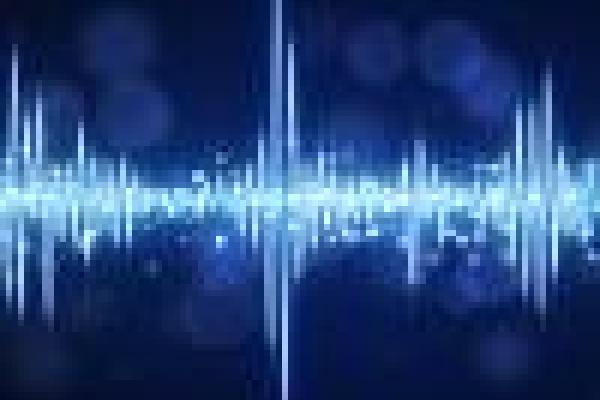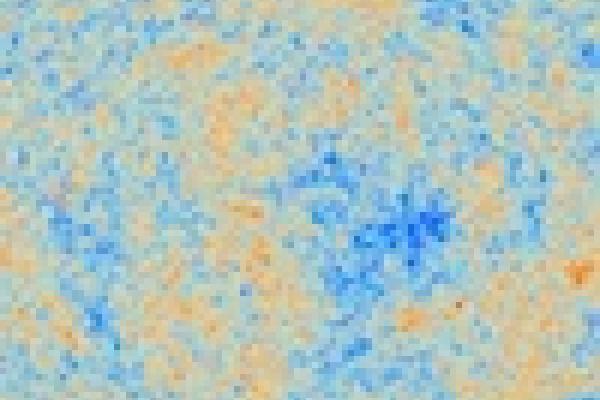Article

'LIGO and Beyond - Exploring the Universe with Gravitational Waves': Kip Thorne
Kip Thorne explains how to explore the Universe with gravitational waves.


